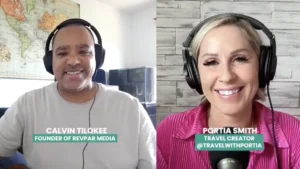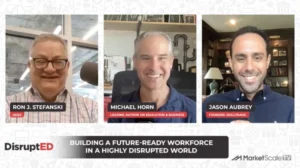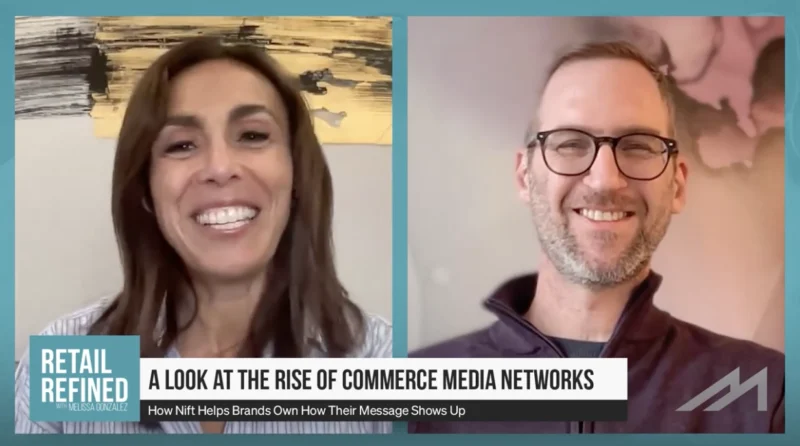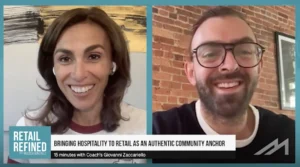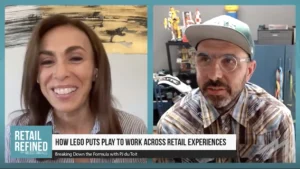Why Internal DEI is Key to Building Trust and Loyalty for Retailers
In recent years, retailers have been under increasing pressure to embrace diversity, equity, and inclusion in the business sector. This is not just a matter of social responsibility, but also a strategic imperative. As consumers become more socially conscious, they are looking to support brands that share their values. In order to build trust and loyalty with these customers, as well as stay competitive, retailers are needing to demonstrate a commitment to internal DEI. In short, customers are making sure retailers walk the walk. Which brands are already making a mark on this front?
Retailers such as Macy’s and CVS have recognized the need to adopt sustainable programs and implement diversity initiatives in order to make a positive impact on their overall operations. In addition to their sustainability efforts, Macy’s has also taken steps to increase diversity within their workforce. The company has made a commitment to increase the diversity of its leadership team, with a goal of having women and people of color make up at least 50% of its leadership by 2025. Macy’s has also launched a Diversity & Business Inclusion Council which will help guide the company’s DEI efforts.
CVS has also made a commitment to internal DEI with a focus on increasing the representation of women, people of color, and individuals from diverse backgrounds in its workforce. The company has launched several initiatives, including the “Talent Connect” program, which helps individuals from underrepresented communities gain access to career opportunities within the company.
While it’s encouraging that more retailers are taking the initiative to adopt DEI strategies, getting started with a DEI strategy is just that: it’s only the beginning. How should retailers make sure that the momentum behind these initiatives stick and lead to improvements to internal and external cultural commitments? Susie Silver, senior consultant & innovation strategist at employee experience company The Diversity Movement, shares her advice for how companies should deploy diversity and inclusion initiatives for maximum success, and why focusing on internal DEI should always come first.
Susie’s Thoughts
“More than ever consumers want to buy from, support, and amplify businesses and retailers that represent who they are and what they value. Programs such as supplier diversity and vendor diversity have such an amazing opportunity to create real long-term impact within retailers. However, these programs are often not paired with a sustainability plan and fizzle out over a few months or a few years.
A few tips on how to keep these amazing programs going within a retailer or an organization are measuring success or lack thereof, but measurement, thinking about what’s working, and what’s not. Have you gained a new market audience? Has revenue increased? But getting that data will be a very important marker to the success of the program and also the opportunities to improve.
Also, you wanna solicit information and feedback from the people you’re partnering with who are part of these programs. What’s working for them, what’s not, what are some new ideas that they could bring to the program, and how can you truly collaborate to keep the program going and to support them and also amplify them?
Communicate internally and externally within the retailer what you’re doing, why you’re doing it, and link that back to the retailer’s mission, vision, and values….
Lastly and most importantly, retailers should not launch these external programs, which are very important, until they have a really strong diversity, equity, and inclusion plan internally. Focus on recruiting, retention, and culture, your people within the organization first, and then focus externally. Quite often the opposite happens and what occurs internally to the culture is that your employees and the people that are helping you build the business and the retail business or the organization feel that the external efforts are very performative, and unfortunately, a lot of times they are. So focusing internally first and gathering feedback about what could be strong and help support diverse suppliers, vendors, marketing, and then some externally, engage internally first and have a really good, strong program internally first.”


